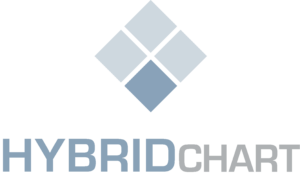Change can be daunting, and it’s natural to want to protect what’s perceived to be working. However, with outdated processes and inefficiencies plaguing the medical industry, it’s time to consider modernizing your practice with workflow software. In this blog, we’ll examine some of the common barriers to implementation and how to overcome them.
Pain of Change
Redesigning processes and modernizing your practice can be painful, but with the shift in attitudes towards change brought on by the COVID-19 pandemic, healthcare is starting to embrace smart redesigns. It requires taking a critical look at what’s working and what’s not, and then building a new process based on scalability and resource allocation.
Fear of Failure
The fear of failure is a common reason for avoiding change. No one wants to be the one responsible for a failed revamp of an internal process. Hospital rounding is a prime example of a broken workflow, lacking infrastructure to guide it. But the right software can bring multiple parties together and improve the likelihood of success. Work with workflow experts who have already developed the software to make it happen.
The Weakest Link
Every practice has at least one skeptic who resists change. However, with the growing acceptance of change in the medical industry, the ability to outright refuse change is becoming less common. Present the skeptics with a solid, vetted plan and workflow, and if possible, implement in stages to work out any kinks before reaching their doorstep.
Implementation and Training
The right software is not enough. It needs to be supported by a strong implementation backbone. Choose a company that is super-efficient, practices what they preach, and can get the tools implemented quickly and efficiently. Training should also be considered a workflow in and of itself.
In conclusion, while there may be numerous reasons to delay the redesign of office processes in a medical practice, the barriers are slowly coming down. Finding the right team to help you bring about change, making sure the tool can adapt to your unique workflow, and successfully implementing and training are key to overcoming obstacles. HybridChart is one such solution that provides cloud-based software that incorporates features such as charge capture, census management, secure messaging, discharge planning, and data analytics, adapts to your practice’s workflow, improves efficiency, and increases profitability. Visit our website at www.hybridchart.com or call us at 877-977-5544 to learn more.





